Top 10 Cheapest Technologies To Generate Power at Home
Going off-grid is great for the planet and your pocket. That is, as long as you find sustainable and cheapest technologies to generate power at home. The good news is, there’s already a tradition of survivalists living on home power generation technologies around the world.
Here are some ideas that you can use to reduce your carbon footprint and energy expenses. Some of the following will help you generate power, while others are conserving, to create by reducing wastage.
10. Small Wind Turbines
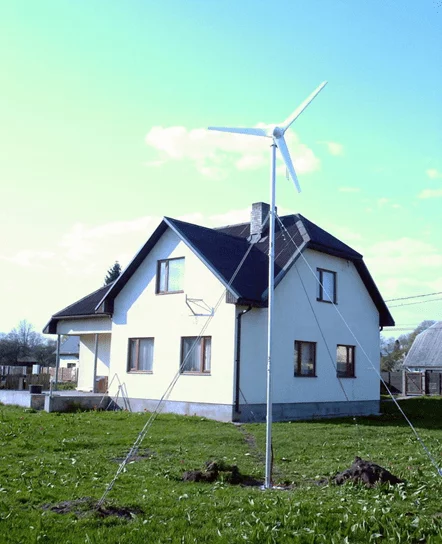
Image Source: Plug In India
Wind is free, and can be the cheapest source of electricity at home if conditions are right. If you live in a windy area (wind speeds over 5 m/s), and have at least an acre of open space at your disposal, you can set up a small wind turbine for your home. Generally, for home use a 2 to 10 kW turbine is sufficient. You can buy a 1-2 kW turbine for around $800, and you’ll enjoy payback in a few years.
If you’re handy with tools, you could even use scrap metal from a scrapyard to build your turbine more cheaply. That’s what a Kenyan company called Access:energy is doing for home power generation in Africa’s power-less communities.
9. Solar Hot Water
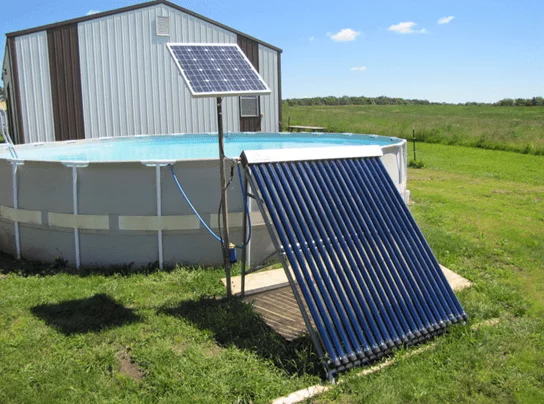
Image Source: indiamart
There are few places where the sun is not the cheapest source of electricity at home. If you’re closer to the tropics, you’ll have more energy than you can use. Even in Alaska, researchers have tried out solar hot water systems successfully. The sun can provide up to 60 percent of your yearly water heating needs. They can be mounted on the ground, on poles or on the roof.
What’s great about this energy source is that it doesn’t need a recirculating pump or a separate energy supply to function. A solar heater can cost around $8000. Thanks to the federal tax credit extension into 2017, you can shave off 30 percent of the cost of installation from your taxes. Payback periods are typically 4 to 10 years.
8. Biomass Stoves
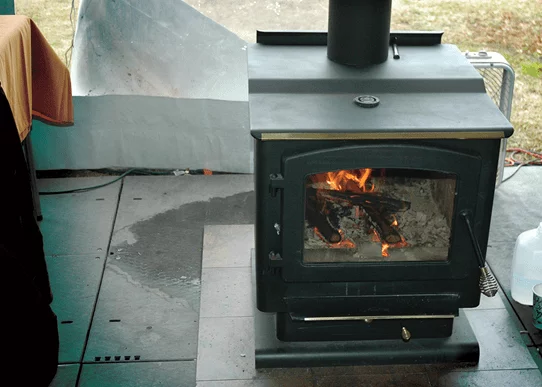
Image Source: Biomass Magazine
A biomass cooking stove or furnace may make you eligible for tax credit. It costs around $3000 to $4500 including installation. Biomass is significantly cheaper than electricity, oil or LPG. Its price compares to natural gas. This is a great option for space heating or heating water, definitely cheaper than other heating options. Biomass stoves may burn logs, wood pellets made of compressed sawdust, wood chips, grass or corn.
Read Also: 5,000 Exoplanets ! NASA Confirms a Cosmic Milestone
7. Chest Freezer Hack to Super-Efficient Refrigerator
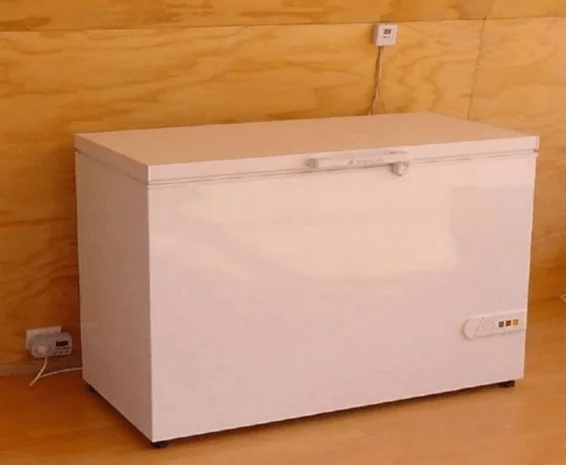
Image Source: Lifehacker
It is well known that chest freezers can be up to 25 percent more efficient than upright fridges. This is because every time you open the door, the cold air in the chest freezer hangs low and doesn’t escape. The freezer can be converted into a super-efficient refrigerator that runs on barely 0.1 kWh a day (your upright fridge uses around 1 kWh daily). The conversion is necessary if you’re running the freezer on solar or wind energy. Check out Australian Tom Chacko’s conversion tutorial and get inspired!
6. Geothermal Energy Heat Exchanger
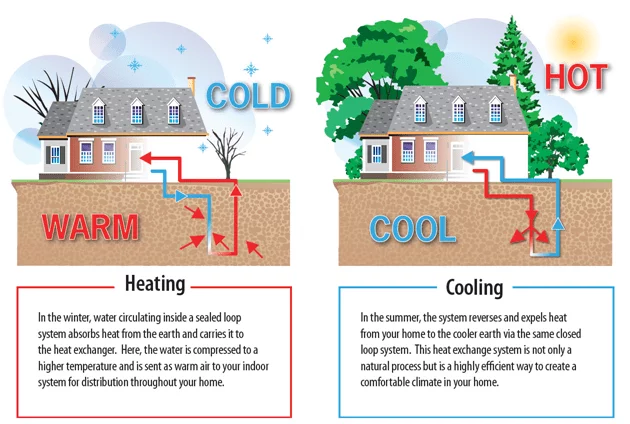
Image Source: pinterest
You don’t need to live near hot springs to utilize the earth’s natural heat to generate electricity. Installation involves drilling holes in the ground and inserting long pipes. These pipes carry hot water into the ground, heat it with energy from the earth’s core and then carry it to your home.
According to the EPA, homeowners can save between 30 to 70 percent on heating costs and up to 50 percent on cooling costs when compared with other heating/cooling systems. That means savings of up to $1500 a year.
5. Solar Cookers
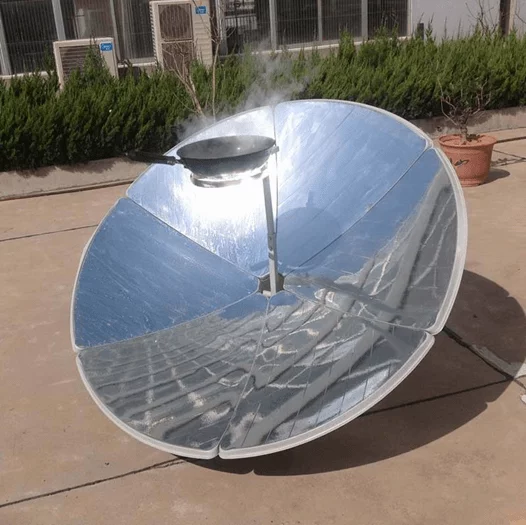
Image Source: milieuvriendelijk
You could make your own solar cooker – get the kids to help! Or you could buy one and enjoy the cheapest source of electricity at home. There are different types of solar cookers. The dish solar cooker can have up to 95 % efficiency, which you can use to boil water and cook as long as there is daylight.
Panel cookers are really affordable. On a cloudless day, you can cook slow-cooked soups, stews, vegetables, rice in two to four hours. Solar ovens or box cookers are good for baking, as they can reach temperatures up to 400 degree F.
4. Micro Hydro Electricity
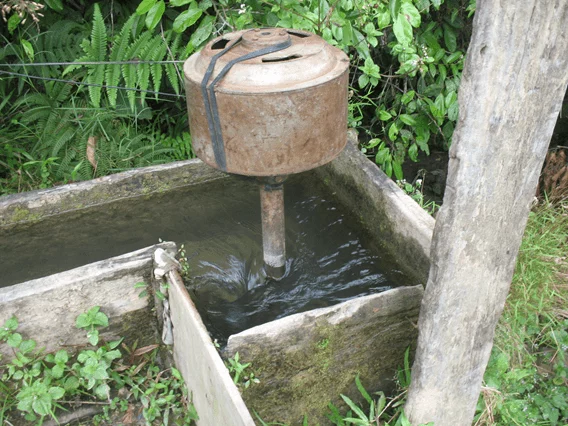
Image Source: WVFood and Climate
If you live near a stream, creek or any source of flowing water, you can harness the cheapest source of electricity at home as we have been doing for centuries. You can fit a turbine or a generator attached to a propeller shaft, so that the water rotates it. A simple hydroelectric generator can produce 100W of power all day.
The Tesla turbine is one of the best technologies to generate power at home from water. It has rotating discs that are fitted with a shaft. The rotating shaft produces kinetic energy which an alternator or generator can use to produce AC or DC current.
3. Steam-Powered Generator
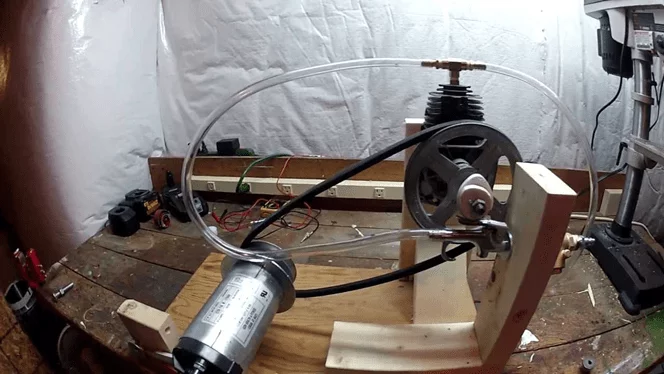
Image Source: YouTube
If your home power generation needs are small, you can use a steam powered system to charge a 12V battery with 10 to 15 volts of DC power. You could make your own. Or you could purchase a small demo steam engine with limited power. One of the major concerns with steam power at home is safety, so make sure you know what you’re doing!
2. Bubble Glazing
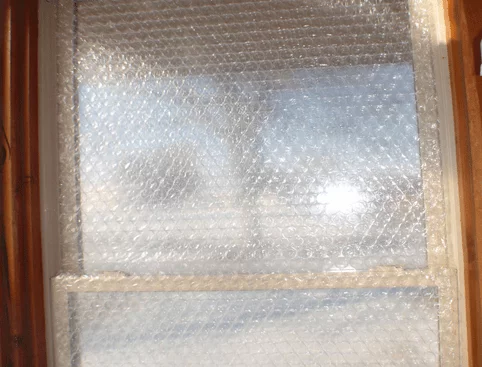
Image Source: Daily Improvisations
If you want to save money on insulation while still being comfortable in winter, we recommend bubble glazing instead of the expensive double glazing. It’s easy to turn bubble wrap destined for the landfill, into very cheap window insulation. It can complement the efficiency of your home power generation efforts, nearly as well as double glazing.
1. Tesla Powerwall
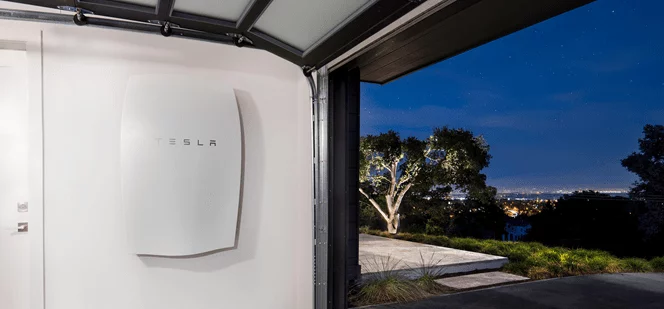
Image Source: Inside EVS
The Tesla Powerwalls are not technologies to generate power at home. But they are rechargeable Lithium-ion batteries that can store energy for your off-grid use. The Powerwall is an excellent complement to your solar heating system or wind turbine. It can store several kilowatt of excess energy for later use. You can set it up so that it charges on the grid when prices are low and disconnects during peak hours. It will also even out fluctuations.
Do any of these technologies to generate power at home look feasible for your situation? If you have a DIY spirit and a knack for engineering, you can always explore other ideas. There are many alternative and surprising sources of energy being explored around the world, like body heat or confiscated alcohol. In Japan, adult diapers are converted to biomass pellets for furnaces.
If you liked this article, please share. It will be even better if you have ideas to add. Let us keep the buzz on about sustainable living!
Read Articles on:
Don’t forget to read more articles here.






